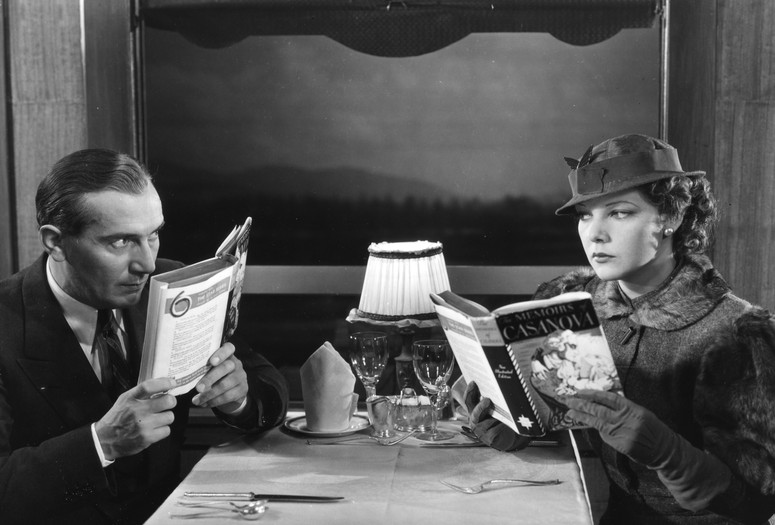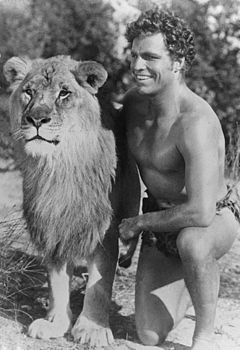Old Nancy the witch knew how to tell a good ghost yarn. At over 107 years old ( and aging fast ) she certainly had plenty of years to practice her art of story-telling. Each week, for seven years, she gathered her listeners close to her via radio waves and cackled tales of mystery and horror to send chills running up their spine.
The old "Witch of Salem", as she was affectionately called, played host of The Witch's Hour, one of New York's most beloved horror programs, between May 21, 1931 and June 13, 1938 on WOR, the Mutual Radio Network. The series was created by Alonzo Deen Cole who not only wrote and directed each episode but also provided the sounds of Old Nancy's cat Satan. His wife Marie O'Flynn also took part acting in many of the episodes as the female lead.
Originally stage-actress Adelaine Fitz-Allen voiced old Nancy but after she passed on at the age of 79 she was replaced by 13-year old Miriam Wolfe....who did just as good a job!
What made The Witch's Hour so engrossing was the clever story lines and the quality of the programs. Each episode was well-acted and utilized convincing sound effects that gave the series its extra dose of creepiness.
 Unfortunately, only about 50 episodes of the program still exist today since many of the original recordings, which were performed live during broadcast, were destroyed by Cole in 1961. All of the surviving episodes could be heard at the Relic Radio website or through Old Time Radio.
Unfortunately, only about 50 episodes of the program still exist today since many of the original recordings, which were performed live during broadcast, were destroyed by Cole in 1961. All of the surviving episodes could be heard at the Relic Radio website or through Old Time Radio. FIVE EERIE CLASSICS
The Haunted Crossroads ( 1933 )
An invisible woman has stabbed a policeman in the back at an isolated crossroads. A stabbing like this has happened before, and will soon happen again.
Graveyard Mansion ( 1934 )
Two brothers inherit a suspicious old house in Louisiana and meet a beautiful woman who's been dead for one hundred years! Are there vampires within the mansion? A ghost perhaps?
The Wonderful Bottle ( 1934 )
A couple of young American lads in Argentina meet an old Spaniard who sells them a magic bottle that grants its owners every wish. That bottle was made by the devil and anyone who owns it must get rid of it before he dies or he will burn in hell’s fire forever!
The Devil Mask ( 1935 )
A wife is concerned about her husband's disrespect of African ways and so asks a witch doctor to boom on the drums a ceremonial chant to keep the devil away during the trip back to England.
The Priest of Sekhet ( 1936 )
A young British archaeologist becomes trapped in an ancient tomb, along with a dead priest from ancient Egypt. After his rescue, the archaeologist undergoes a strange change of character.










































